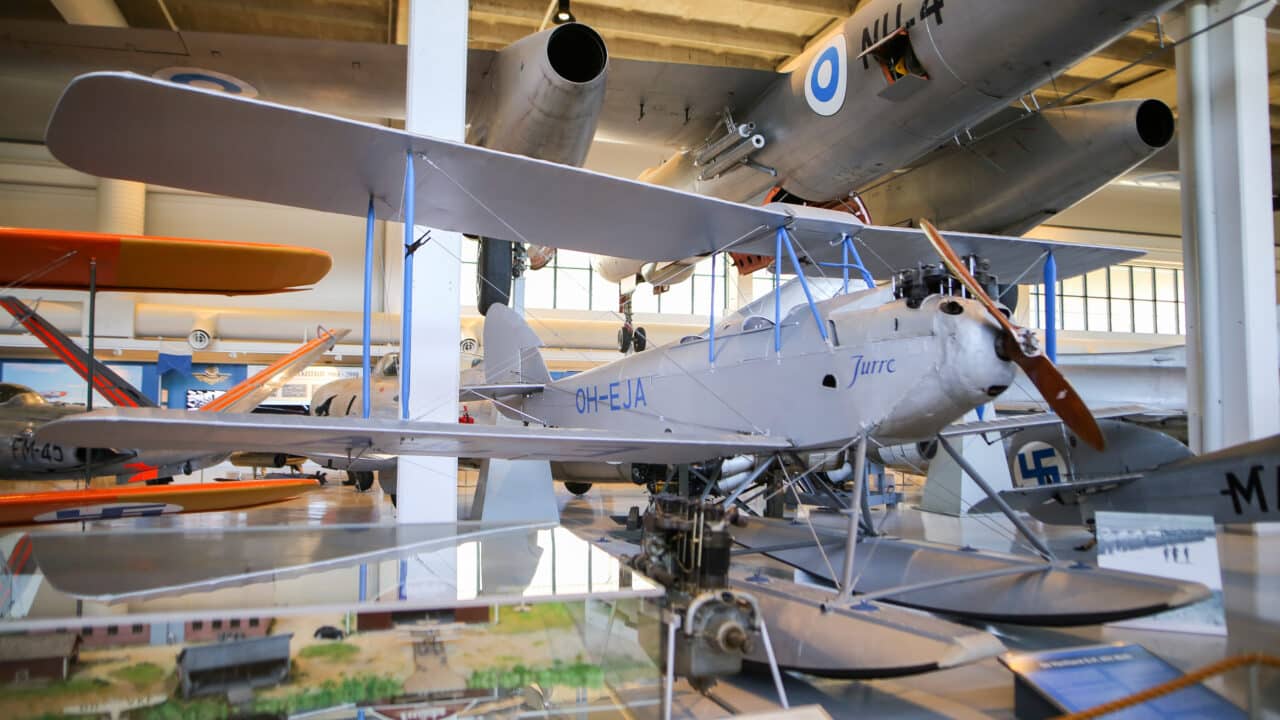The Stieglitz is a German two-seat primary trainer. Its fuselage is of welded steel tube construction and the wings are made of wood. The aircraft is fabric-covered except for the forward fuselage. The first flight of the prototype was in 1932.
The Finnish Air Force purchased 30 Fw 44Js from Germany in April 1940. Ten of the aircraft had been ordered by Norway, but after the country was occupied by Germany they were diverted for Finland. The first ten aircraft were flown to Finland at the end of May 1940, and the rest arrived in two batches of ten in the August of the same year. Ten additional aircraft were ordered in March 1944, although only five were eventually delivered to Finland.
The Stieglitz served primarily as a trainer and liaison aircraft during the war. After the war, the type was used for basic flight training alongside the indigenous Viima and it remained in Air Force service until May 1960. Following the retirement of the Stieglitz fleet, some of the aircraft were auctioned off, and 15 Stieglitzes ended up in the civil register.
Ten years later, the Air Force purchased SZ-4 from Forssa Aviation Club and flew it as a heritage aircraft from 1970 to 1980, albeit infrequently. The aircraft ended up in the museum’s collection in 1989. It had accumulated 3,212 hours 30 minutes in Air Force service before the auction.
Link copied!
Additional info
Operating time
1940–1960
Manufacturer
Focke-Wulff, Germany
Measurements
Wing span 9.00 m; Maximum speed 185 km/h; Length 7.30 m; Height 2.70 m.
Type
Two-seat primary trainer
Object number
1947
Location
Main exhibition



